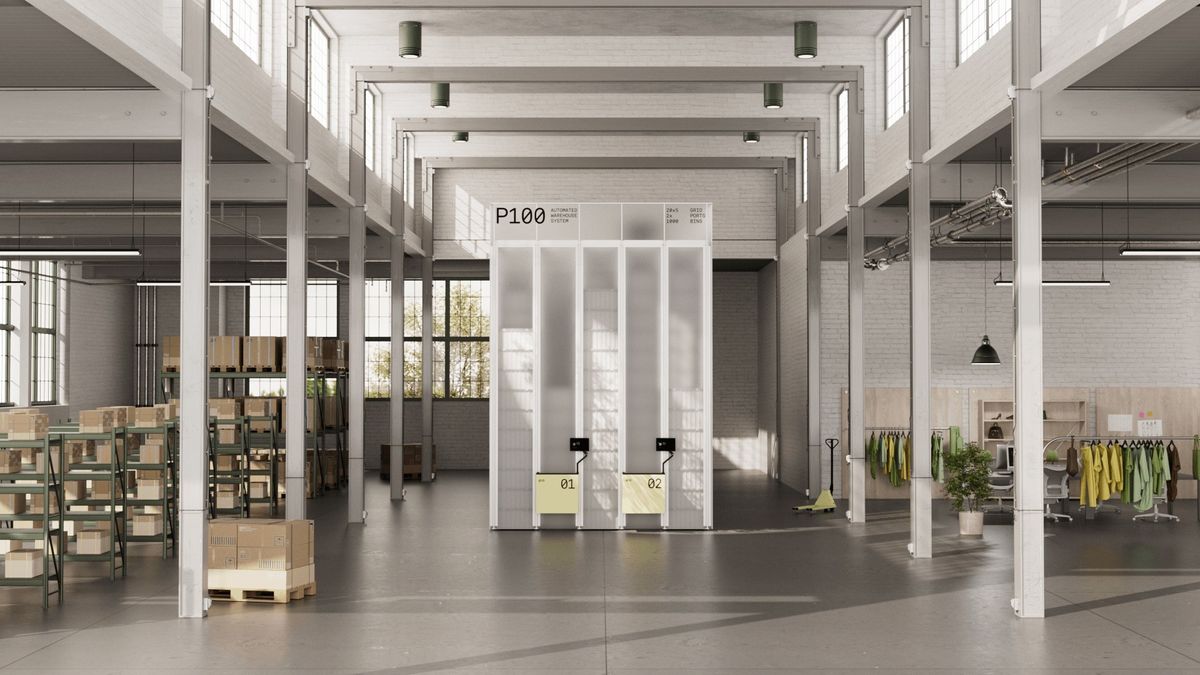The Norwegian fulfillment automation startup called Pio is expanding its footprint in the U.S. market, saying it will offer a version of AutoStore’s robotic storage systems adapted for small and midsized businesses (SMBs) in sectors such as fashion & apparel, cosmetics, and electronics.
Created by the automated storage and retrieval (AS/RS) provider AutoStore, Pio draws its name from an acronym for “products in/out,” and calls itself a plug-and-play automated warehouse system leveraging cube storage technology.
The fully-owned subsidiary is an effort by AutoStore to appeal to broader markets, after installing its technology in over 1,500 facilities to date for industry giants such as Macy’s, Ikea, and Puma, who seek its dense product and inventory storage solution. In order to make that cube storage technology accessible to all, AutoStore created Pio. The new firm says has now launched in the U.S. with five new customers including Privada Cigar Club, Sunday Swagger, Souko, Barnes 4WD, and AI Stone.
Pio says its “P100 automated warehouse system” is capable of picking and packing 360 orders per hour, reducing labor costs by up to 80%, and saving hundreds of thousands of dollars per year for SMB e-commerce businesses, allowing them to see return-on-investment (ROI) in less than a year.
While the largest AutoStore installations shuttle 1 million bins around their cubic storage shelves, the P100 can start out with just 1,400 bins stored in less than 500 square feet of space in a warehouse, constructed in just three days. That allows new users to combine it with manual operations and shelving they have already, Magne Hatteland, VP and head of Pio, said in an interview.
“AutoStore is not an expensive system, but it is a huge investment, and that’s something only large companies can do,” Hatteland said. “But our founder’s vision is to make this as accessible as possible. So now, instead of hiring a second person, you can buy a Pio, and it will be five times more productive.”
The company has built the P100 for ease of use, he said: The Pio’s warehouse execution system (WES) software connects to a user’s warehouse management system (WMS) or enterprise resource planning (ERP) software. And as market demand fluctuates, users can flex from running three robots in that cube to six, or swap out an older robot in need of service, all without the need for a technician to install it.
“I’m very excited about [an e-commerce] market that’s not run by just two or three large brands,” Hatteland said. “With Pio, you can compete with Amazon and beat Amazon, whether that’s on accuracy, on delivery time, or even on cost of operations.”















